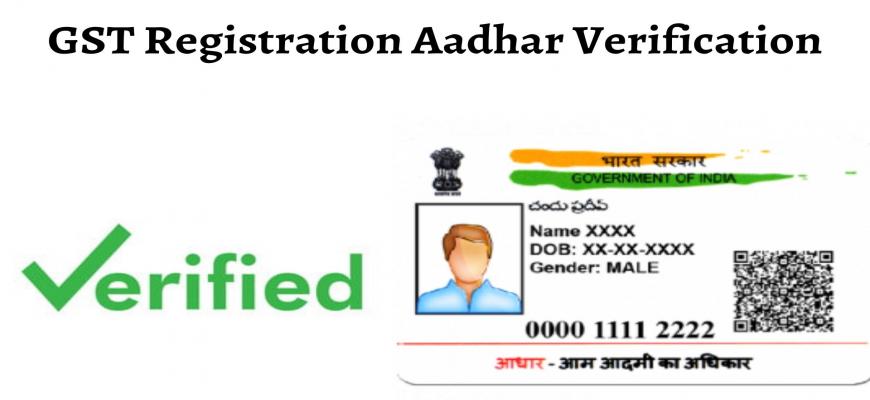Types of trademark assignment
Complete Assignment to another entity- The owner transfers all its rights with respect to a mark to another entity, including the transfer of the rights such as right to further transfer, to earn royalties, etc. (E.g. X, the proprietor of a brand, sells his mark completely through an agreement to Y. After this X doesn't retain any rights with reference to the brand.)
Assignment to another entity but with respect to only some of the goods/services- The transfer of ownership is restricted to specific products or services only. (E.g. P, the proprietor of a brand used for jams and jellies and dairy products. P assigns the rights in the brand with respect to only dairy products to Q and retains the rights in the brand with respect to jams and jellies.) This is called partial assignment.
Assignment with goodwill- Such assignment is where the rights and value of a trademark as associated with the product is also transferred to another entity (E.g. P, the proprietor of a brand "taxbox" concerning dairy products, sells his brand to Q such Q are going to be ready to use the brand "taxbox" with respect to dairy products also as the other products it manufactures.)
Assignment without goodwill- Such assignment also referred to as gross assignment, is where the owner of the brand restricts the right of the buyer and does not allow him to use such brand for the products getting used by the first owner. Thus, the goodwill attached to such brand with reference to the merchandise already being sold under such brand, isn't transferred to the customer . (E.g. P, the proprietor of a brand "taxbox" concerning dairy products, sells his brand to Q such Q won't be ready to use the mark "taxbox" with respect to dairy products but can use this brand for the other products being manufactured by it. In such case the goodwill which is related to brand "taxbox" for dairy products isn't transferred to Q and Q are going to be required to make distinct goodwill of brand "taxbox" for any other product or service like Restaurant wherein Q proposes to use this brand.). In many jurisdictions like us , assignment of mark without goodwill isn't allowed in the least . India on the opposite hand allows assignment without goodwill.
Agreements for Transmission
A trade mark is generally assigned by way of a properly executed Trademark Assignment Agreement which pertains to the transfer of the mark from one person or entity who is the owner to another. It is to be ensured when drafting such agreement that:
The rights of the owner of the brand are not detrimentally affected due to the obligations contained
the requirement and decision regarding whether the assignment should be with or without the goodwill of the business is explicitly mentioned and negotiated
the agreement should be drafted keeping in mind the purpose of the transaction in question
Procedure to record the assignment
Assignment of an unregistered mark
Section 39 stipulates that an unregistered trademark could also be assigned or transmitted with or without the goodwill of the business concerned. A request has got to be made on Form TM-16 for an unregistered trademark to be assigned or transferred.
If made after the expiration of six months but before 12 months from the date of acquisition of proprietorship: Statutory fee is INR. 9,000
Assignment of a registered trademark:
Section 38 stipulates that trademarks are often either assigned fully or transmitted partially , with or without the goodwill of the business. All transmissions or assignments must be registered with the Registrar of Trade Marks on Form 23 or 24 of the Trade Marks.
Procedure For Trademark Assignment Agreement:
The first step is to make an application for the assignment of trademark either by the assignee or the assignor or both of them. The application should mention all the details of the transfer and be made under form TM-P as mentioned under Rule 75 of Trademark rules 2017.
Once the application is complete, file the same with the Registrar of the trademark. It has to be done within 3 months of acquisition of proprietorship
When there is a trademark assignment with goodwill or of a registered trademark, the direction from the Registrar of a trademark is mandatory before an expiry of 3 months (can be extended)
The Registrar will specify the advertisement of the trademark assignment. After which the applicant has to make the advertisement accordingly. Copy of advertisement along with a copy of the Registrar’s direction should also be submitted.
After the Registrar is satisfied with all the documentation, he shall officially transfer the trademark from the original to the new owner
The name of the Assignee i.e., the new owner is to be registered in the register as a new proprietor. After this, the assignee can use the trademark as per the terms of the agreement.









































































